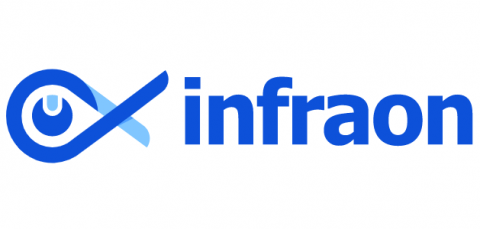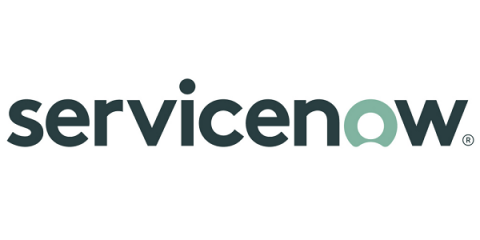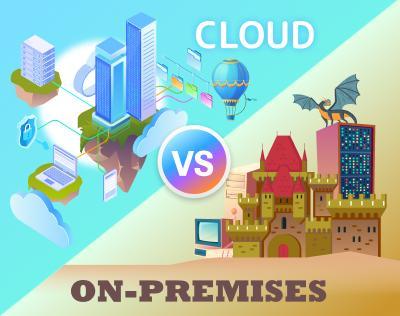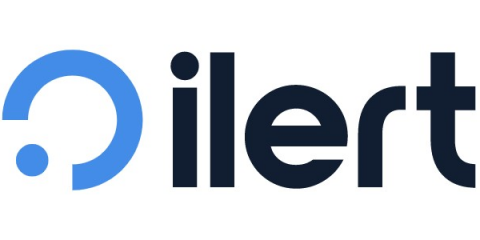Why MSPs Need to Think Beyond PSA and Focus on ITSM
As larger MSPs have been able to push their services upstream to bigger companies, and with the rise of things like co-managed IT services opening this option up to smaller MSPs as well, many are finding that this calls for them to adopt more mature IT service management (ITSM) practices. So how does ITSM differ from the professional services automation (PSA) platforms commonly used by MSPs?










